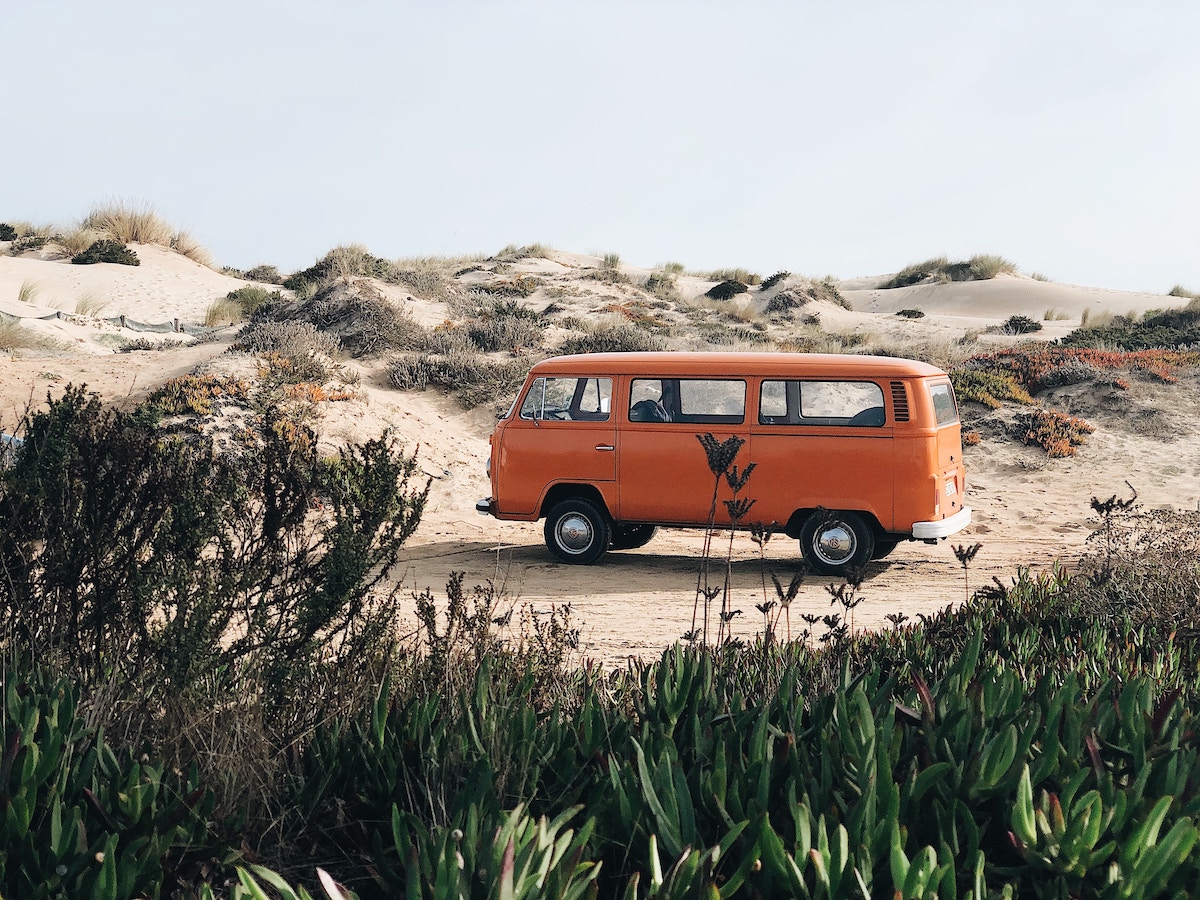Unveiling the Fascinating Evolution of Campervans, From Hippie Vans to Modern Mobile Homes
They have been the vehicles of dreams, the epitome of freedom, and the symbol of nomadic lifestyles. Campervans, those versatile and often iconic recreational vehicles, have been a beloved mode of travel and a cultural phenomenon for decades. In this comprehensive exploration, we’ll delve into the fascinating history of campervans, tracing their origins, evolution, and enduring appeal.
The Birth of a Concept: Early 20th Century
Campervans, those versatile and often iconic recreational vehicles, have been a beloved mode of travel and a cultural phenomenon for decades. In this comprehensive exploration, we’ll delve into the fascinating history of campervans, tracing their origins, evolution, and enduring appeal.
The roots of the campervan concept can be traced back to the early 20th century when a combination of factors laid the foundation for these mobile homes. As industrialization began reshaping societies, the idea of leisure travel gained traction. People sought ways to explore the countryside, escape urban life, and experience the great outdoors.
The First Campervans
In 1915, the world witnessed the birth of the “Earl,” the earliest known campervan. Built by the Pierce-Arrow Motor Car Company, the Earl was essentially a modified touring car equipped with a rear compartment that could be converted into a sleeping area. While rudimentary by modern standards, it represented a significant step forward in combining transportation and accommodation.
The Great Depression and Innovation
The 1930s brought the Great Depression, a period of economic hardship. While this was a challenging time for many, it also drove innovation in the campervan industry. Companies like Ford and Chevrolet introduced panel vans that became the canvas for DIY campervan enthusiasts. These early campervans featured basic amenities like makeshift beds and small stoves.
The Volkswagen Type 2: A Game Changer
In 1950, Volkswagen introduced a vehicle that would change the course of campervan history—the Type 2, more commonly known as the VW Bus or the Microbus. This iconic vehicle was not only a practical mode of transportation but also a cultural symbol, particularly associated with the counterculture movement of the 1960s.
The VW Bus featured a rear engine layout, which allowed for a spacious interior. It quickly gained popularity among young people looking for adventure, and it became a staple of the hippie movement. The Microbus was often customized with colorful paint jobs and intricate interior designs, turning it into a symbol of freedom and self-expression.
Post-War Prosperity and the RV Boom
As the world recovered from World War II and entered a period of economic prosperity in the 1950s and 1960s, the campervan industry flourished. The demand for recreational vehicles (RVs) grew, and manufacturers began producing more sophisticated and comfortable campervans.
Winnebago’s Contribution
In 1966, Winnebago Industries introduced the “Winnebago,” a motorhome that marked a significant shift in the campervan market. It featured a fully integrated design, complete with a kitchen, bathroom, and sleeping quarters. This innovation made campervans more appealing to a broader audience, including families.
The 1970s and Beyond
The 1970s witnessed the diversification of campervans. Companies like Dodge and Chevrolet produced a variety of models, ranging from compact campervans to larger, more luxurious motorhomes. The era also saw innovations like the addition of air conditioning, improved insulation, and more advanced kitchen facilities.
The Rise of European Campervans
While American manufacturers dominated the campervan market in the mid-20th century, Europe had its own contributions to the industry. European campervans, often referred to as “caravans,” gained popularity for their compact size and efficient use of space.
The Volkswagen California
Volkswagen continued to play a significant role in the European campervan scene with the introduction of the Volkswagen California in 1988. This model combined the practicality of the original VW Bus with modern amenities, making it a popular choice for travelers across Europe.
The Campervan Culture
In Europe, the campervan culture also thrived. The continent’s rich history and diverse landscapes provided an ideal backdrop for campervan adventures. From the Mediterranean coast to the Nordic fjords, Europeans embraced the freedom of the open road.
The Digital Age and Modern Campervans
As we entered the 21st century, campervans underwent a technological revolution. The convergence of digital technology, advanced materials, and eco-consciousness led to the development of modern campervans that are more comfortable, efficient, and environmentally friendly than ever before.
Sustainable Campervans
With growing concern for the environment, manufacturers began to prioritize sustainability in campervan design. Solar panels, energy-efficient appliances, and eco-friendly materials became standard features. These innovations not only reduced the environmental impact but also allowed travelers to venture off-grid for extended periods.
Connectivity and Convenience
The digital age brought connectivity to the forefront of campervan design. Many modern campervans are equipped with Wi-Fi, smartphone apps for remote control, and advanced navigation systems. This connectivity enhances the travel experience, allowing campervan enthusiasts to stay connected even in remote locations.
The Campervan Renaissance
In recent years, campervans have experienced a renaissance. Factors like the rise of remote work, the desire for off-grid escapes, and the need for socially distanced travel during the COVID-19 pandemic have all contributed to the renewed popularity of campervans.
Customization and Personalization
One of the key trends in the contemporary campervan market is customization. Many enthusiasts now opt for bespoke campervan conversions, tailoring the vehicle to their specific needs and preferences. This trend reflects a desire for unique and personalized travel experiences.
The All-Terrain Campervan
Another significant development is the emergence of all-terrain campervans designed for rugged exploration. These vehicles are equipped with off-road capabilities, allowing travelers to access remote and challenging terrains. The all-terrain campervan is a testament to the enduring spirit of adventure associated with campervan travel.
The Future of Campervans
As we look to the future, campervans are poised to continue evolving. Advances in electric and autonomous vehicle technology promise to revolutionize the industry. Electric campervans are expected to become more prevalent, offering eco-friendly and cost-effective travel options.
Conclusion
The history of campervans is a testament to human ingenuity and the enduring desire for adventure and freedom. From humble beginnings in the early 20th century to the modern, sustainable, and connected vehicles of today, campervans have continuously adapted to the changing needs and aspirations of travelers.
As we move forward, campervans will likely play a crucial role in the future of travel. Whether it’s embarking on a cross-country road trip, exploring the wild beauty of nature, or simply escaping the hustle and bustle of everyday life, campervans will remain a symbol of adventure and a means of discovering the world on our terms.

